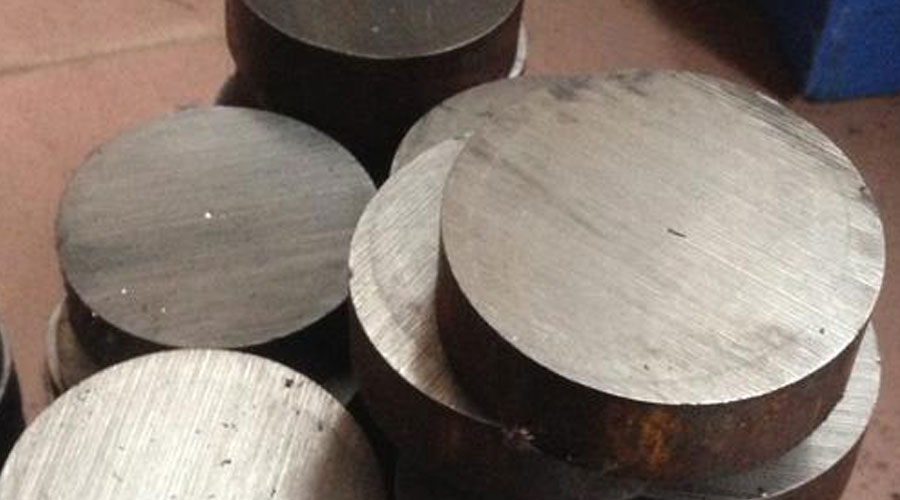The difference between alloy steel and tool steel
The difference between alloy steel and tool steel
|
Other alloy elements (such as chromium, nickel, molybdenum, vanadium, titanium, copper, tungsten, aluminum, cobalt, niobium, zirconium, and other elements), and some steels that also contain certain non-metallic elements (such as boron, nitrogen, etc.) . According to the content of alloy elements in steel, it can be divided into low alloy steel, medium alloy steel and high alloy steel. |
 1. Steel means that the steel contains no alloys other than alloy elements such as silicon (generally does not exceed 0.40%) and manganese (generally does not exceed 0.80%, and the higher content can reach 1.20%), which is involved in deoxidation. Elements (except scrap elements) of steel. According to the unevenness of the content, it can be divided into low carbon steel (carbon content is generally less than 0.25%); medium carbon steel (carbon content is generally between 0.25% and 0.60%); high carbon steel (carbon content is a show It was 0.60%).
1. Steel means that the steel contains no alloys other than alloy elements such as silicon (generally does not exceed 0.40%) and manganese (generally does not exceed 0.80%, and the higher content can reach 1.20%), which is involved in deoxidation. Elements (except scrap elements) of steel. According to the unevenness of the content, it can be divided into low carbon steel (carbon content is generally less than 0.25%); medium carbon steel (carbon content is generally between 0.25% and 0.60%); high carbon steel (carbon content is a show It was 0.60%).
But there is no harsh border between them.
2. Definition of alloy steel: steel containing other alloy elements is alloy steel. The total content of alloy elements can reach 10 ~ 28%, which is high alloy steel.
Alloy steel, in addition to iron and natural elements in steel, also adds other alloy elements in order to change or improve certain characteristics of steel. For example, CrNiMnMoWVB. In addition to iron and carbon, some other metals are intervened in alloy steel to change the function of the material. The effect of chromium is to make steel resistant to corrosion, and the effect of nickel is to reduce the austenitizing temperature of stainless steel.
3. Definition of tool steel: Machining tool steel does not contain other alloy elements; tool steel is also a steel with a carbon content of less than 1.35%.
Tool steel, that is to say, except for the iron element, the material is generally only natural elements of carbon, silicon, manganese, phosphorus and sulfur, and no other alloy elements are added.
4. The difference between alloy steel and tool steel: tool steel does not contain useful alloy elements, but alloys with iron, carbon and manganese as the primary elements. Mechanical performance is generally inferior to alloy steel. In addition, the price of tool steel is much lower than that of alloy seamless steel pipe. From the above two points, Gusu alloy steel suppliers believe that the performance of alloy steel exceeds tool steel is the biggest difference.
|
PTJ Machining Capabilities |
|
Automatic Bar Machining – Multi-spindle cam automatic screw machines CNC Turning – CNC delivers peak cost efficiency in shorter volumes, as well as high capacity production of mechanically simple components Custom Machining - with up to 12 axes of control Multi Spindle Machining- ISO 9001:2015 certified Screw Machine Products – The number of customized production parts per hour can reach 10000pcs Swiss Machining – with up to 9 axes of CNC control, to produce precision components with complex geometries in one operation High Volume Machining – 100 Advanced Production Turning Bar Automatics On-line and Ready CNC Milling - Machining Fully compliant with the exacting requirements of our customers 5 axis (11 axis) Machining – Tolerance | 0.1mm alignment |
What Can we help you do next?
∇ Get more information about cnc machining Shop
→Case study-Find out what we have done.
→Ralated tips about cnc machining services
By PTJ Manufacturing Shop|Categories: Blog|Tags: cnc milling services, cnc turning services, milling parts, turning parts, machining parts, special parts,faqs,technical news,company news,material news |Comments Off
